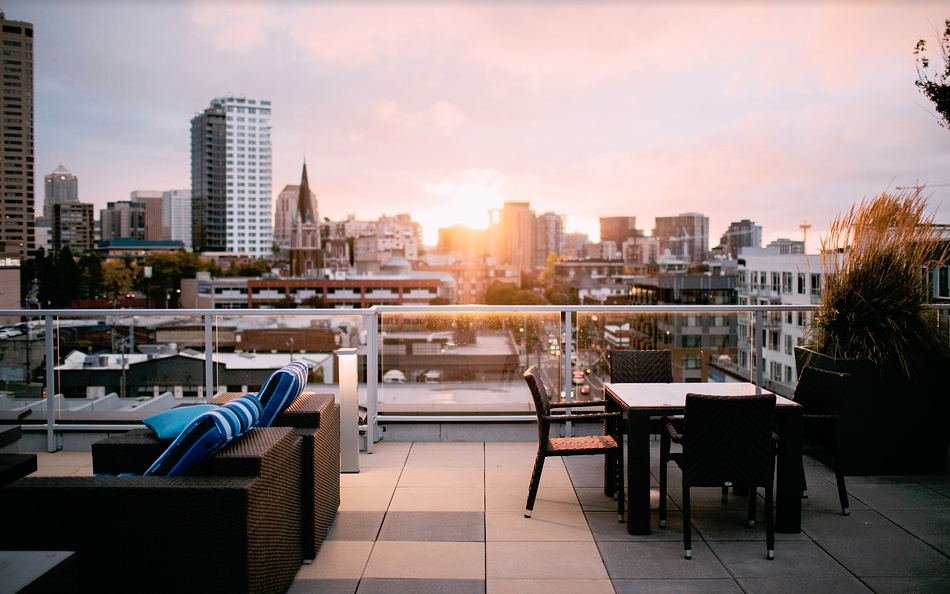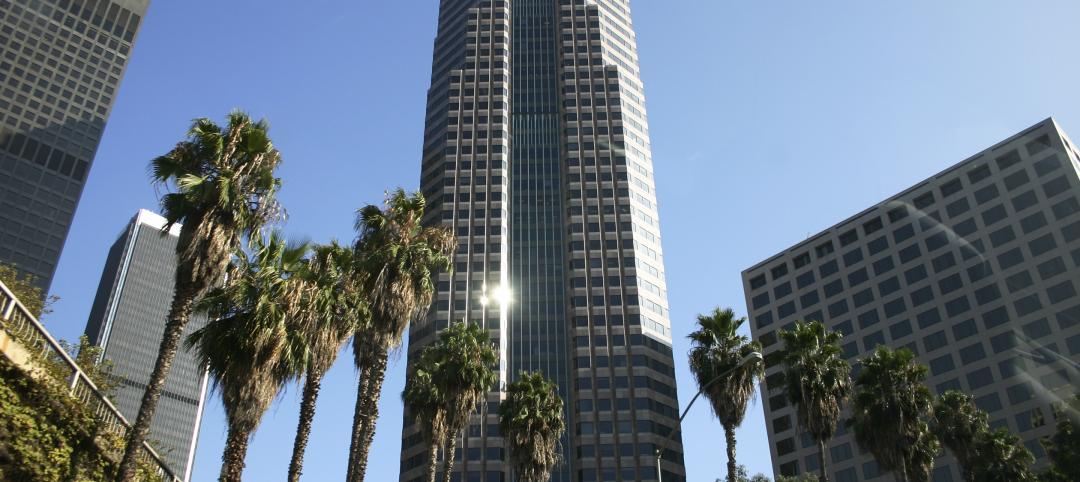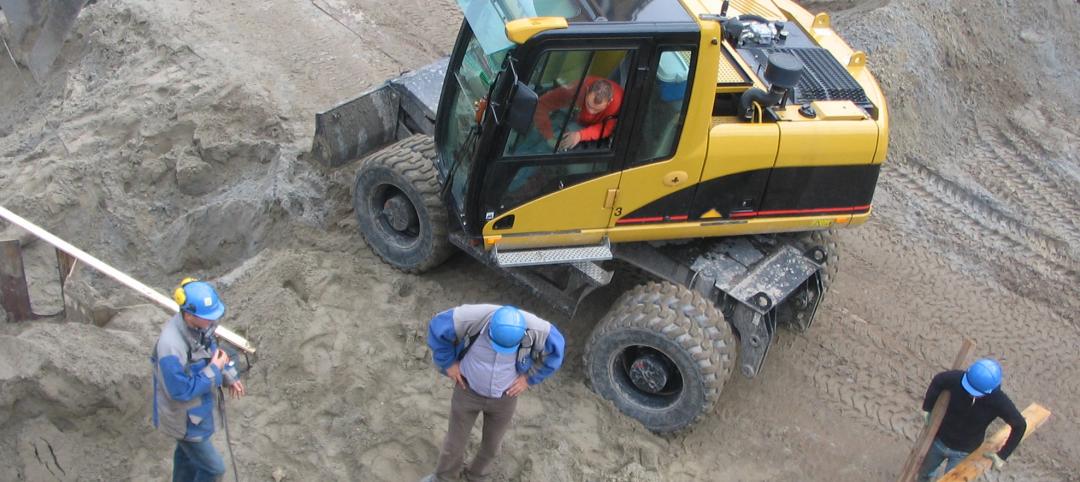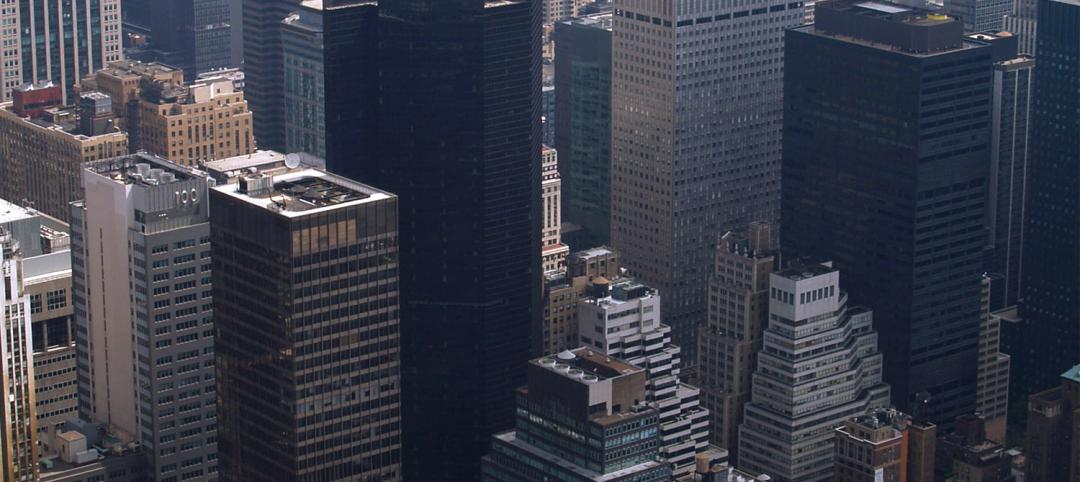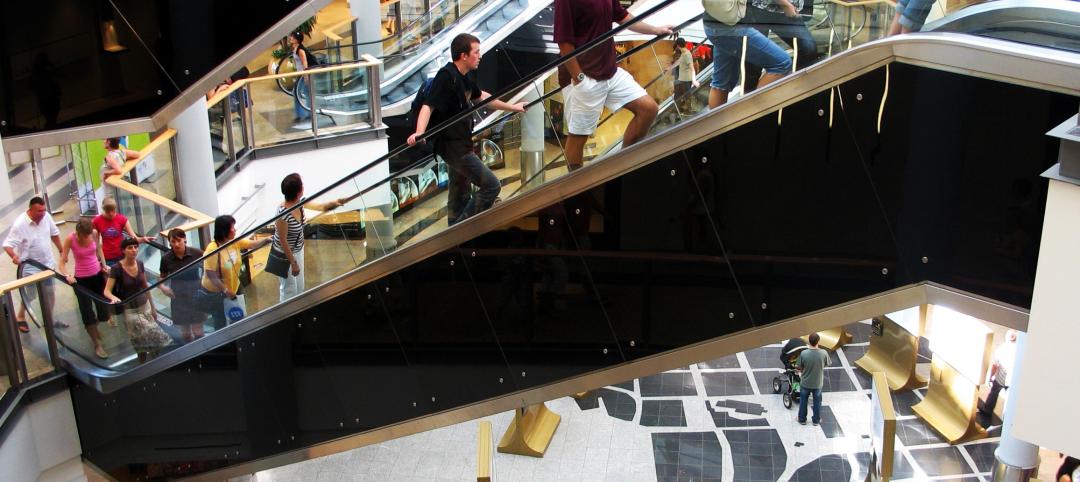Renters in many U.S. cities have come to expect green features in apartments that they rent, with an eye toward energy efficiency and healthy indoor air, according to a report by National Real Estate Investor. New apartment units today almost always include some green features, with renovations often incorporating sustainable design components.
Some 42% of overall multifamily financing provided by Fannie Mae in 2017 qualified for its Green Rewards program. That program offers lower interest rates to apartment properties that have earned green building certifications or pledge to cut their energy use by at least 25% through renovations.
Tenants are willing to pay an extra $27.21 a month to live in buildings that have green certifications, according to the 2017 NMHC/Kingsley Renter Preferences Report.
With the cost of incorporating many green features in apartment properties having dropped to be roughly comparable to conventional construction, landlords are meeting the wishes of the market. Fannie Mae’s Green Rewards program often slices about a fifth to a third of a percentage point off the interest rates offered to apartment borrowers.
In 2017, Fannie Mae provided $27.6 billion in financing to qualified apartment properties through Green Rewards.
Related Stories
| Oct 28, 2011
Los Angeles County mulling building codes for improving health
An ordinance would amend county building codes to promote better walking environments, encourage more bicycling, improve access to healthy foods (farmers markets, community gardens), and enhance project review requirements to ensure that developers include healthy-lifestyle components in their building plans.
| Oct 28, 2011
Bipartisan opposition to federal 3% withholding for contractors
Both major political parties and the Obama Administration support repealing a law that would withhold 3% of all government contracts.
| Oct 28, 2011
OSHA requires training module on top causes of construction deaths
The Occupational Health and Safety Administration (OSHA) now requires a training module on the top four causes of death for construction workers.
| Oct 28, 2011
New York City requiring building energy use to be posted online
Owners of every New York City commercial and residential building larger than 50,000 sf will have to post each building’s energy use online by 2013.
| Oct 28, 2011
New ISO standard for escalator safety
A new ISO standard specifies safety requirements for escalators and moving walks.
| Oct 20, 2011
LEED 2012 to require real-time energy, water use reporting
The LEED 2012 rating system, set to launch in November 2012, will contain features to make sure buildings function as intended, and improve over time.
| Oct 20, 2011
New York City moving to speedier, online design reviews
New York City is moving towards a development design review process that will let officials and developers review blueprints for new projects online in a virtual conference room rather than in person.
| Oct 20, 2011
Michigan bill would let private firms operate as a city’s building department
Michigan House Bill 5011 would change state’s building code to allow private companies to operate as a municipality's building department.
| Oct 20, 2011
Alabama’s strict immigration law drives away construction workers
Alabama's strict new immigration law is driving many construction workers and roofers from the state.
| Oct 20, 2011
Fed bill would allow school rehab funding via historic tax credits
Virginia Sens. Jim Webb (D) and Mark Warner (D) introduced a bill this month to rehab aging schools across the country through the use of historic tax credits.


